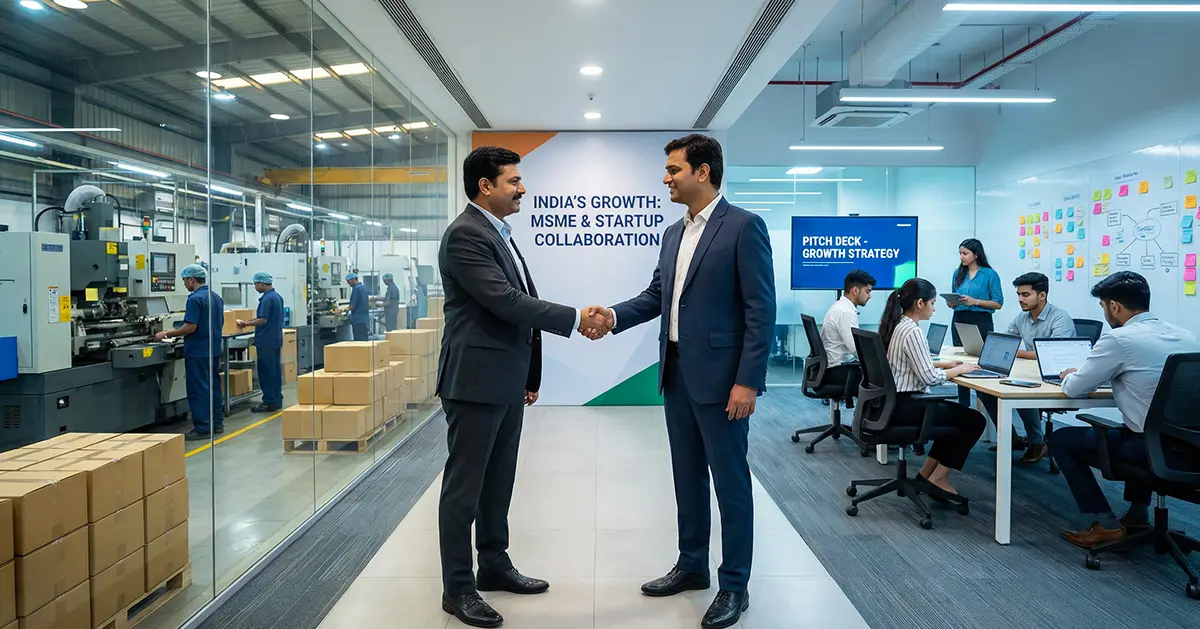
Introduction
Digital India is a campaign of the Indian government to enable all citizens accessible to government services online. This goal can be accomplished by enhancing internet connection, fortifying online infrastructure, and empowering India’s technological sector.
Plans to increase digital literacy and provide high-speed internet access to rural regions are part of the Digitize India initiative. The campaign’s goal is inclusive growth across all industries.
The historical context of this massive initiative dates back to the early 2000s with India’s IT boom, but its huge awakening was on July 1, 2015, when the ‘Digital India’ campaign was launched by the Government of India under the guidance of Prime Minister Narendra Modi.
The objective was very futuristic to transform India into a digital economy where the economy would function more easily with the help of technology and a digitally empowered society.
By laying a large digital infrastructure and ensuring digital services and empowering citizens with digital skills, Digital India aimed to comprehensively digitalize the nation. The cornerstone of this initiative lies in creating a seamless and paperless system, thereby fostering more e-accessible governance.
Several important figures have played vital roles in steering and directing the Digital India movement. A key persons among these is Nandan Nilekani, the acclaimed co-founder of Infosys, who was the mastermind behind the Aadhaar system.
This biometric identification through aadhar has made accessible to the public various government schemes and made identification easier, faster and safer. Ravi Shankar Prasad, the former Minister of Electronics and Information Technology, also had played a very important role and he strongly deserves mention for his advocacy and policy formulation that ensured the structural pillars of the Digital India program remained robust.
The Digital Divide as the need to address the difference in the access to technology-enhanced resources and services.
In this era of the 21st century where lives are pacing fast towards development, technology has become key of modern society, seeping itself through everything or aspects of life.
The world becomes increasingly interconnected throug every part and corner of the globe, a strong pullback arises i.e. the digital divide between different generations, between different people of different social standings and status .
It refers to the gap between people who have easy access to technological resources ,services and the people who do not have easy access to technology.
Addressing this gap is not merely a matter of providing hardware and internet access to the people; it involves knowledge and fostering of comprehensive digital literacy and ensuring equitable access to the myriad opportunities that technology affords.
This digital divide between people has historical roots that can be traced back to the late 20th century when people started to have personal computers and the internet began to flourish.
Initially, access to these technologies was limited to few affluent individuals and privileged institutions.Even then only those with money and power could access to the technological developments Educational institutions in well-funded areas embraced computing power, while poor communities lagged behind.
This divide laid the groundwork for the digital divide and diffrence that persists today, as the proliferation of smartphones, social media, and advanced technologies demands more intricate and sustained access.
Aims and Objectives of Digital India
- Launched in 2015, the Digital India initiative had the vision to transform India into a tech economy where technology would make the lives of people better and simpler. Its main goals were to create a more technologically advanced modern infrastructure in the society and, provide all residents with access to Internet, and empower people by imparting education on technology.The Digital India project aimed to promote cyber security, entrepreneurship, skill development, financial inclusion, ease of doing business and digital payments.
- The program aimed to improve the public services by providing speedy access to the government portals, reduce the digital divide between people, connect disconnected people and parts of India and accelerate economic growth through innovation and digital technology. Digital India sought to create a safer and sound society, transparent, inclusive and empowered society and a safer and more stable economy by promoting seamless payments, digital literacy and cyber security measures..
Infrastructure development
The government offers several programs that support a dependable digital infrastructure as part of this endeavor. Among the programs included in this are the following ones:
- One of the main advantages of “Digital India” is AADHAR, which assigns a unique identity number to each citizen of the nation.
- Digital India is under the guardianship of the Bharat Broadband Network (BBNL).
- In India, the establishment of the National Optical Fiber Network (NOFN) has been ordered.
- The creation of creative applications and domain capability is the primary goal of the Center for Excellence for the Internet of Things (CoE-IT).
- CERT-IN was established with the goal of safeguarding Indian cyberspace.
- Common Services Centers (CSCS): CSCs serve as entry points for the provision of social welfare, healthcare, and financial services, among other critical public utility services.
- The goal of the Cyber Swachhta Kendra is to create a secure online environment by identifying botnet infections in India and notifying end users, facilitating system cleaning, and securing their systems to stop additional infections.
- The goal of the Power Ministry’s (MoP) main initiative, the Deen Dayal Upadhyaya Gram Jyoti Yojana, is to give all of rural India a steady supply of electricity.
- A digital wallet called DigiLocker gives people digital empowerment.
- The goal of the Digital Saksharta Abhiyaan (DISHA) is to teach 52.5 lakh people in IT.
- Digitize India Platform: This platform allows physical documents or scanned images of documents to be digitalized.
Services
To enable better reach and accessibility, the government has launched a number of online services under this initiative:
- The goal of the national flagship initiative, Accessible India Campaign and Mobile App, is to achieve universal accessibility so that those with disabilities can participate in equal opportunities.
- The Agrimarket App is a smartphone application designed to help farmers stay informed about crop prices and steer clear of distressed sales.
- With “Beti Bachao Beti Padhao,” a girl child is to be given equal opportunities, including the possibility to be born and get an education.
- BHIM (Bharat Interface For Money): This facilitates rapid and simple UPI payments.
- Investigating crimes and detecting criminal activity is the focus of the Crime and Criminal Tracking Network & Systems (CCTNS), which seeks to provide a national networking infrastructure for the development of an IT-enabled, cutting-edge tracking system to track criminals.
- The Crop Insurance Mobile App allows farmers who are loanees to calculate the insurance premium for notified crops depending on the region covered, loan amount, and amount borrowed.
- AIIMS in digital format: Using the Aadhar platform, a unique health identification number was created for each patient visiting AIIMS.
- Libraries, hospitals, schools, and prisons can all be digitalized with the help of E-Granthalaya, E-Panchayat, E-Hospital, E-Pathshala, and E-Pathshala.




